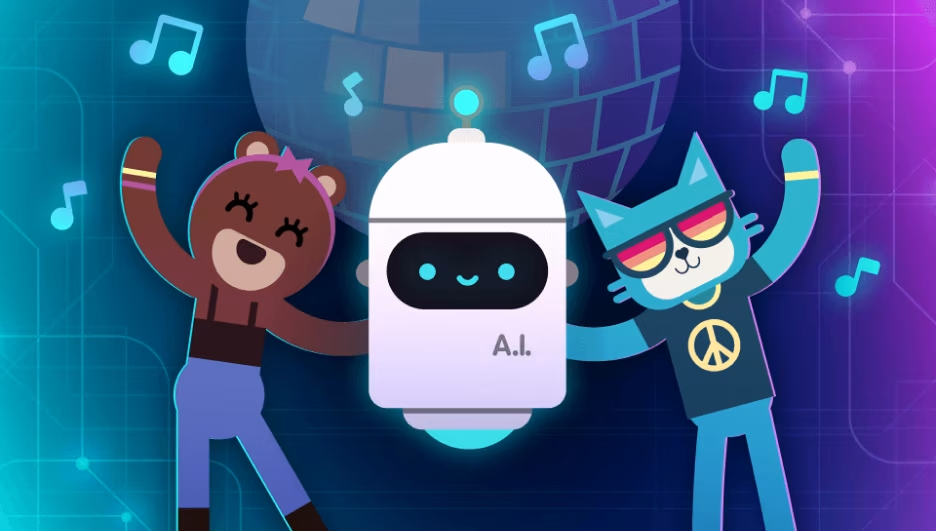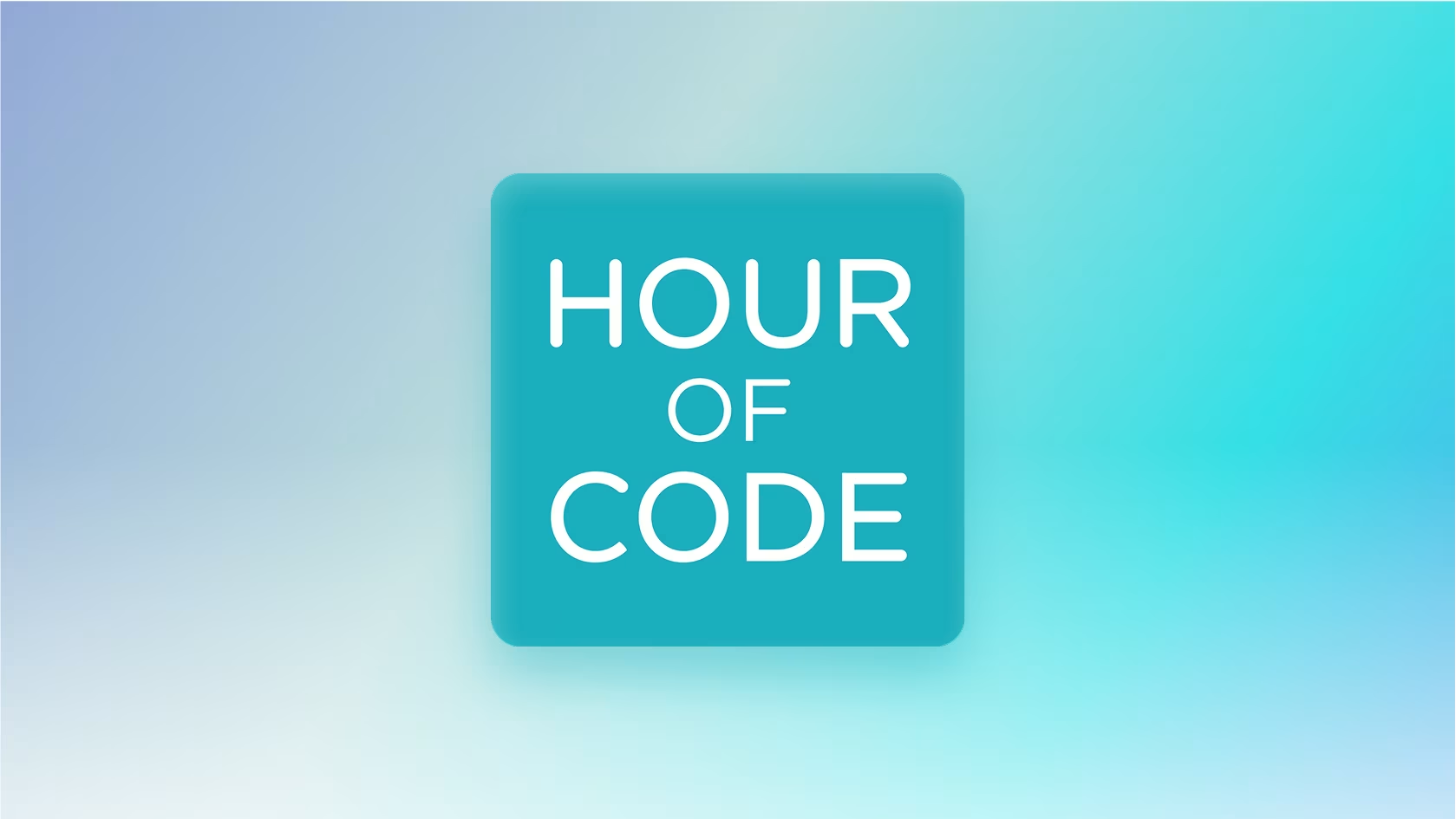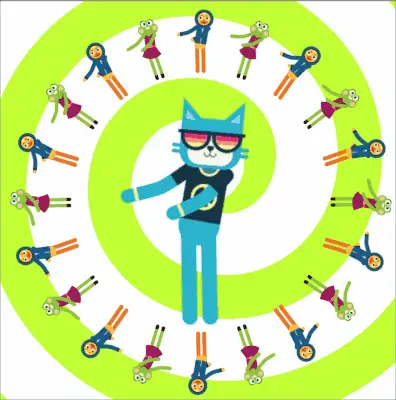Code a Dance Party
Create your own dance party with code and AI! Pick your favorite songs, animate fun characters, and watch your choreography come to life—no experience needed.
In partnership with:






Choose your Dance Party

Grades 3-8
Dance Party: AI Edition
Learn about artificial intelligence (AI) concepts to create your own virtual dance party showcasing today's top artists. With dozens of songs to choose from, reach every student no matter their music taste. It's time to strut your stuff!
Heading
Paragraph
Grades 2-12
Dance Party (2019)

One of our most popular lessons! Get creative when you use code to make animated characters bust a move in this introductory activity. Requires sound, reading.
Grades 2-12
Keep On Dancing

Go beyond the introductory tutorial with extended project ideas. Browse a library of examples of more complex dance parties.
Grades 2-8
Dance Party Unplugged

Get your groove on—offline! Learn how to jazz up your program with events. Events can control actions and even make multiple things act in sync.
Looking for more?
Dance Party includes songs by:
Beyoncé • BTS • Harry Styles • Lizzo • Post Malone • Disney's "Encanto" • Rosalía • Nicky Youre • Lil Nas X • Jonas Brothers • FIFTY FIFTY • Steve Lacy • Shawn Mendes • Sia • Ariana Grande • Avicii and Aloe Blacc • Calvin Harris • Carly Rae Jepsen • Coldplay • Ed Sheeran • Imagine Dragons • J Balvin and Willy William • Justin Bieber • Lady Gaga • Los del Río • Madonna • Mark Ronson (ft. Bruno Mars) • MC Hammer • Miley Cyrus • Selena Gomez • The Weeknd • Yolanda Be Cool • and more!
Watch inspirational videos
What will computer science change in our world? Everything! Who is it for? Everyone! Check out these inspiring videos!
Frequently asked questions
In Dance Party: AI Edition, three selected emojis are used to generate an output effect using AI. An output effect consists of values for background effect, background color palette, and foreground effect.
Each emoji and each output value has a descriptive phrase associated with it. By comparing the similarity of an input emoji's phrase with an output value's phrase, we are able to use AI to recommend the best match.
To compute the similarity, each phrase is assigned an embedding. An embedding is a list of numbers that captures the meaning of a phrase, and the embeddings used in Dance Party: AI Edition are about 1,500 numbers long. Similarity is measured by the "distance" between the phrases' embeddings. In Dance Party: AI Edition, we use embeddings generated by the Amazon Bedrock Titan model and calculate similarity by computing the cosine distance between embeddings.
Additional resources
Curriculum Catalog

Comprehensive curriculum offerings for every grade and experience level featuring robust structured and self-paced learning options.
Hour of Code

One-hour tutorials in over 45 languages. No experience needed. Hour of Code activities are available for free year-round.
Video Library

Explore our large library of engaging and informative videos to learn about key computer science concepts on a broad range of topics.
In partnership with

Amazon Future Engineer is a comprehensive childhood-to-career program to inspire, educate, and train low-income and other disadvantaged children and young people to pursue careers in computer science.
*The artists whose music are used in this tutorial are not sponsoring or endorsing Amazon as part of licensing use of their music to Code.org.


















